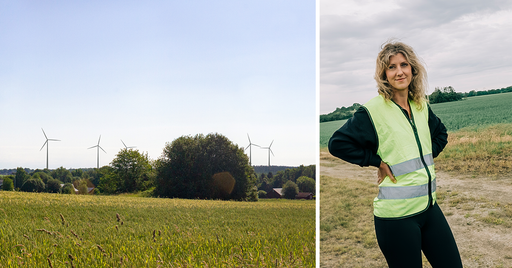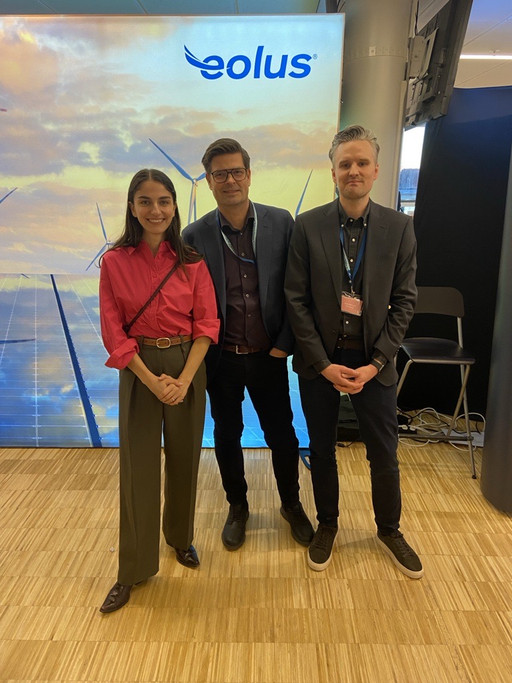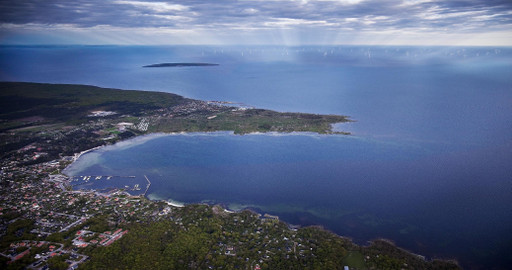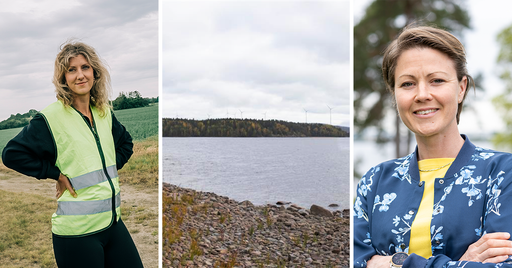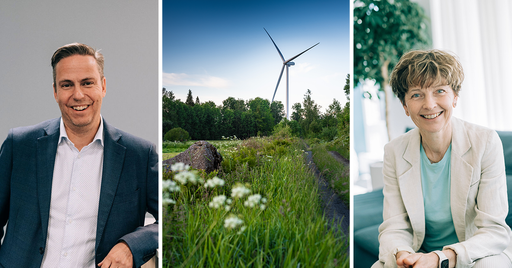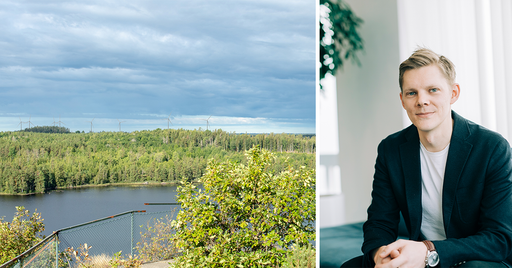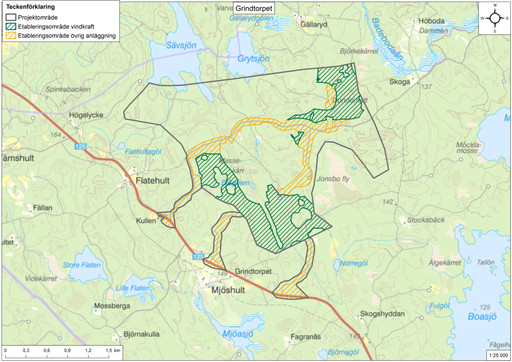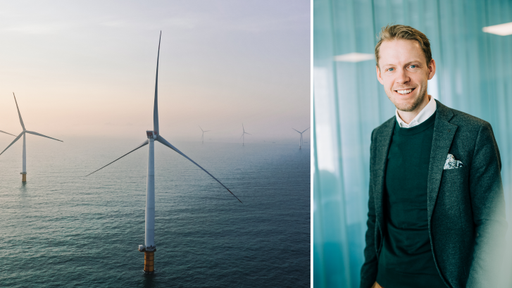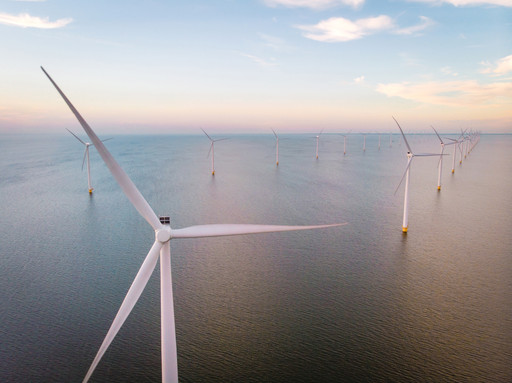On Thursday evening, the municipal council in Herrljunga decided to approve the Kesemossen wind farm.
“This is a very strong project, and we are pleased that the politicians have made this decision. It shows great responsibility when the electricity situation is so challenging in the region,” says Emma Lundström, project manager at Eolus.
The approval means that the Land and Environment Court can now proceed to determine whether the five wind turbines can be constructed according to the requirements of the Environmental Code.
The Västra Götaland region is in great need of fossil-free electricity to enable the transition that the industrial and transport sectors are currently undergoing. The transition is necessary both to reduce climate impact and for companies to survive in global competition. According to SCB, approximately 50 percent of the energy used in the Västra Götaland region today is fossil-based, mainly in the form of gas and oil.
“Changing this requires, among other things, that businesses and processes are electrified. At the same time, the Västra Götaland region is already dependent on importing electricity from other regions to cover today’s electricity usage by about 70 percent. Therefore, we are especially pleased that the politicians dare to make this decision, despite the fact that, like many other major infrastructure projects, it has sparked local debate,” says Stefan Gustavsson, responsible for community relations at Eolus. “I believe that they have simply considered the importance of jobs in the local industry.”
Eolus has been working for a long time to develop an environmental impact assessment of the project and submitted an application for environmental permits in May last year. Safeguarding the municipality’s interests and being transparent and clear about the permit process has been the focus of the dialogue that Eolus has had with the municipality’s officials and politicians. In addition to the statutory consultation, Eolus has also had close contact with local businesses and local associations.
“We work a lot to contribute to the local community, both through funding for associations, compensation for nearby residents, and opportunities for joint projects, for example, for biodiversity. We know that there is concern among some of those who live closest to the project, and we will continue to maintain close contact with the people in the area to make it as good as possible,” says Emma Lundström.
If the Kesemossen wind farm is granted permission, work will begin to plan in detail how the facility will be built. This will also be done in close cooperation with landowners and nearby residents. The assessment is that the Kesemossen wind farm can be operational and produce renewable electricity by 2029.
Kesemossen Wind Farm
Number of turbines: max 5
Maximum height: 300 metres
Annual electricity production: 135 GWh
Estimated operational start: 2029
